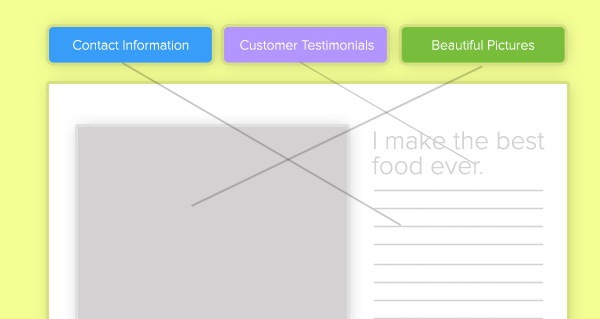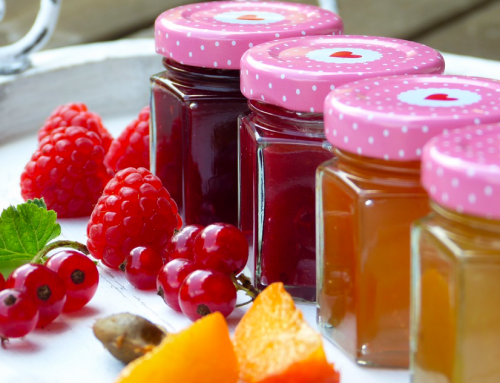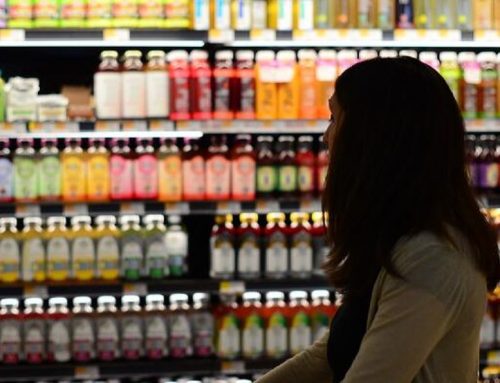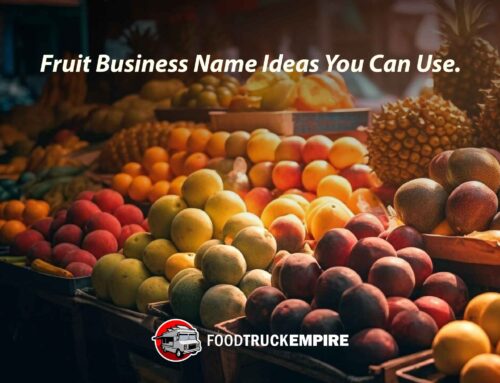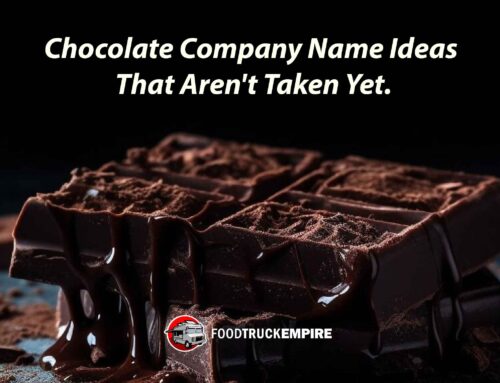Retail stores are one of the best ways to expand your distribution channel and grow your business. They provide for the right location at the right time for your customers to purchase your product. Plus, I’ve found a lot of people want to buy my products in-store – not online – because it’s local to them (and they don’t have to buy 6 jars of it to get free shipping).
The downside to having retail as part of your distribution strategy is, it’s complex.
There’s lots of numbers to deal with, people to call (get over your fear of the telephone), and well, your work isn’t done when you fill the purchase order. You’ve got to make your product sell so retailers re-order.
Today, I’ll tackle one aspect of the retail environment: answering the buyer’s questions.
I’m working on getting more retailers in the Boston-area right now – and that means lots of phone call follow up. Sometimes I get their voicemail (which is another post in it’s own right), but other times I actually do get the buyer. And then they ask me interesting questions.
10 Questions Retail Buyers Will Ask You
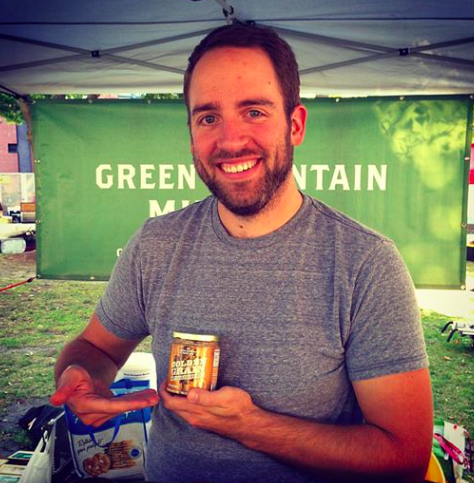
These are the questions I’m always asked.
1. What’s your story?
Story is everything in food. And you’ve got to have a compelling one. Did you lose your job and start selling granola? Do you have a family dumpling business? Or maybe you’re a young college graduate who’s dream is to own an ice cream company. Whatever it is, make your story shine.
How to answer: Keep it short. It’s not the most important part of the discussion. Write out five sentences in chronological order. Include a beginning, middle, and end – just like you did in third grade. Simple is better than complex. This is useful when customers ask, too.
2. What makes your product different from everything else on the shelf?
You can’t just make another BBQ sauce. There’s already 12-16 feet of them in the grocery store. What makes yours different? Put another way: Why should I pull another brand off the shelf to put you there. To make shelf-space for your products, buyers often have to pull another brand off the shelf. Keep this in mind when you formulate an answer.
How to answer: Many products get differentiated by their health claims: sugar free, gluten free, non-gmo, etc. This may be enough for you to get shelf space, but it also might have to do with your company being local, your amazing food packaging, or unique flavor combinations. Think about this one. It may be the most important on the list.
3. What’s your goal?
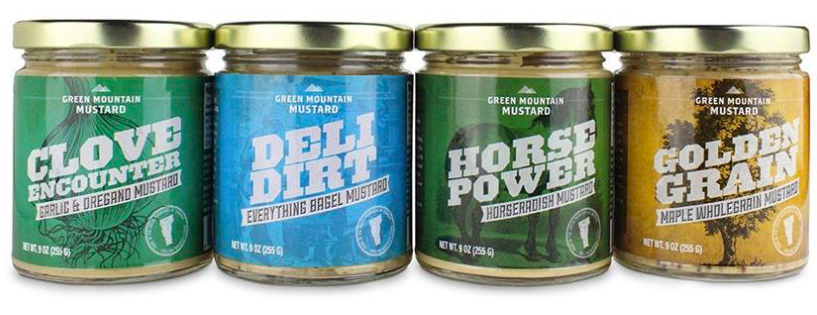
I’m on a mustard mission!
I just got this one from a buyer. And while thinking on my feet paid off, he was pretty much asking “why would a small Vermont mustard company randomly send a retailer in Boston samples?” When you expand into other states, you’ll likely get this question to. But, it tells me retailers want to know why.
The buyer said “Do you want to build a brand? Do you want to just sell more mustard?” I answered with this: “I’m on a mission to show New England mustard doesn’t have to be bright yellow and it can in fact, be very flavorful. Plus, we do a lot of events in Boston and my customers always ask where they can buy it. I’d like to provide them with an answer.” Result: he liked it.
Related Reading: 25 Epic Mistakes I’ve Made Running My Food Business
How to answer: Of course you want to say “SELL MORE! SELL MORE!” but that’s just not going to get the end result you’re looking for. Why did you start your business? And what problem would sending samples solve? Describe the situation, state the problem, and provide a solution. Here’s how my answer breaks down:
- Situation: We sell at a lot of events in Boston, so we’re building a following
- Problem: My loyal Boston fans have no where to buy our mustard
- Solution: Your retail store is a great solution.
That’s my why. That’s my goal. And why I’m sending you samples. What’s your goal?
4. How do you distribute your product?
Buyers ask this to learn how they’ll get your product. If it’s not easy to order, they won’t. It’s as simple as that. But, if you’re available through four distributors and they use one of them, you’re a shoe-in. With that being said, maybe you don’t have a distributor. That’s fine. Many retailers still buy direct from hundreds of suppliers – and they’re happy to add one more.
How to answer: This one is pretty straight-forward. State all your delivery options (direct, distributor, private delivery service, producer coop, etc.). The buyer will likely show interest in one and want to compare prices – direct vs. distributor. More on that in question 10. If you have a minimum order amount, let them know that, too.
5. Do you do store demos?
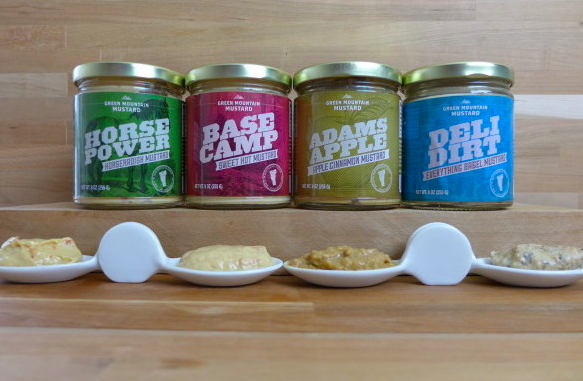
Mustard flights make excellent in-store demos.
You’ve got sell product. It simply can’t sit there on the shelf or you’re going to get swapped out for another brand the buyer believes will move off the shelf better. It’s happened to me before, and it’s not fun to find out about. Removing a store from our store locations list is like ripping a band aid off. It hurts. Because buyers are there to help you, they’ll often require store demos as a condition to taking your product.
How to answer: YES, YES, YES. You do store demos. Yes, you have time. Yes, you can find someone to do it if you’re busy. Demos are crucial to your product’s success. Even though I look at them as a necessary evil, you have to do them. Let the buyer know you’ll do one a quarter, one a month – whatever. They like to see that you (or your sales team) is involved in helping the retailer sell your product.
6. Where else do you sell your product?
Buyers want to know they won’t have a lot of competition – especially for specialty products that may not sell as fast as say, chips or beverages. They also want to know you’re committed to making a footprint in the area, which is nice if you already have a couple of retailers in the area. They may say “well, if Joe’s Market has your product, I want it to”.
How to answer: List area stores out, but state why you came into this store (remember question #3). If you’re not in a store near them, pitch the buyer the opportunity they have to be an exclusive (for the time being) retailer in their area. That’ll get them excited.
7. Do you have a sell sheet?
Sell sheets are just like magazine advertisements. They’re shiny. They have beautiful pictures. And they can get pretty expensive to print. But, they show professionalism. They provide all the info a buyer needs about your product, too.
How to answer: Yes, of course you do. Even if it’s made in Microsoft Word, sell sheets are important for buyers because business cards often get lost in the shuffle. (Have you seen a buyer’s desk – whoa.) If you need some help developing your sell sheet, here’s an article I wrote on what to include on your sell sheet.
8. What’s your promotional schedule?
What? I have to have promos? Well, they aren’t required, but they’re definitely encouraged. Retailers like Whole Foods Markets, requires a demo and promotional schedule (at least two times a year). But, think about what a promotion does: No, it doesn’t cheapen your product – don’t think about it that way. It simply encourages more purchases. And more purchases means you have the opportunity to create more raving fans. And that’s never a bad thing.
How to answer: Plan to put your product on promo (with larger retailers) a couple times a year. One of the best times is when you know you’ll sell a lot of product. For many condiment company’s it’s the summer.
So if you normally move 10 cases a month, maybe you could move 30 if you run a promotion. Before you state your promotions, calculate if you’re still going to make money. When you’re small, you can’t afford to lose money on a promotion.
9. Do you do guaranteed sale?
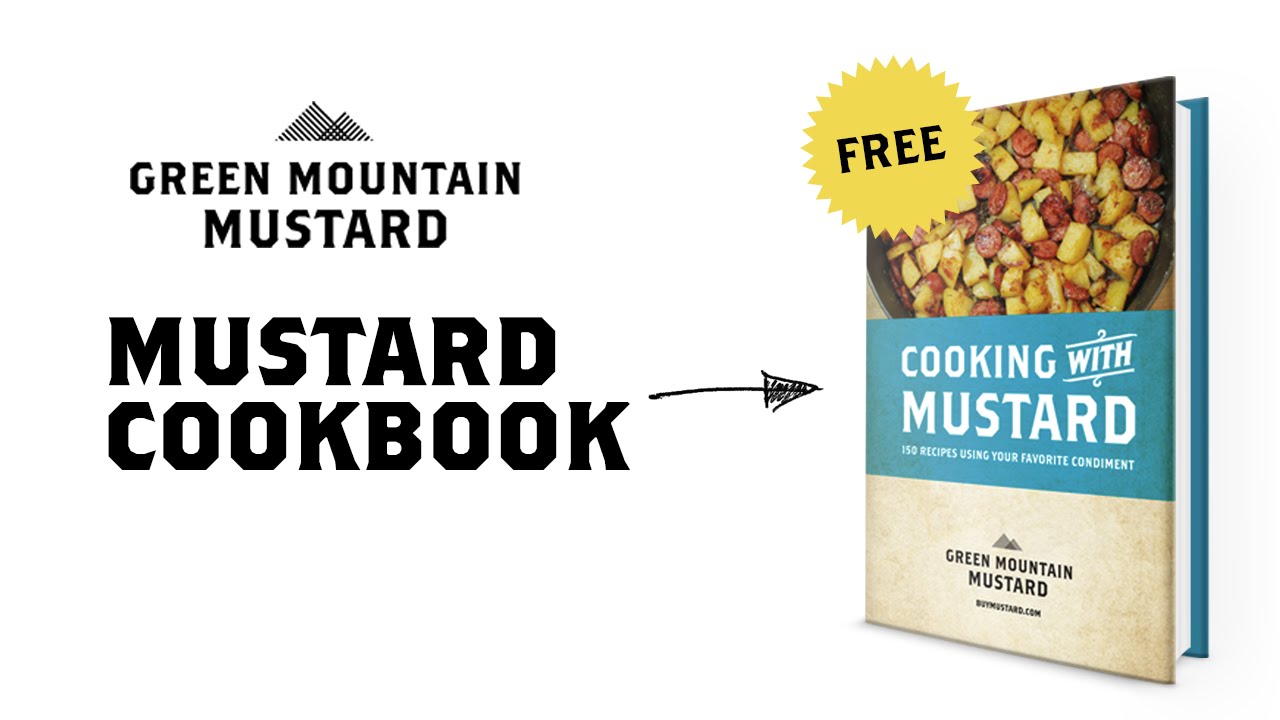
A cookbook I developed that incorporate mustard as a main ingredient to help bolster sales.
Back when I owned a small energy bar company, I got this question with every single retailer (and it’s one of the reasons I got out of the short-shelf life business). Guaranteed sale (or buy-back) means the buyer has no skin in the game.
If your product doesn’t sell after a certain time period, you buy it back. Here’s an example: you sell 24 muffins at $2.00 – $48 total. You come back next week and find you only sold 3 muffins. That means you buy-back 21 muffins at $2.00 a piece (likely out-of-date or moldy, too). A total of $42.00 – and you can’t sell the product to anyone else. You’ve made $6.00 – which quickly gets eaten up by transportation costs. Guaranteed sale is a nightmare.
How to answer: Well, if you’re new to the bakery scene or anything refrigerated, it’s smart to do in the beginning when you need to pick up traction with a couple retailers. Ultimately, you never want to do guaranteed sale. It’s just not a profitable way to grow your food business.
10. How much does your food product cost?

Know your expenses inside and out before engaging with a retail buyer.
It almost always come down to price, it seems. That’s because price determines a lot of things: if the retail buyer will buy and if the customer will buy, too.
Sometimes, $12 for jam is just too much. But, you’ve got to know your pricing. Get it memorized. Know if there is flexibility for bulk orders, too. If you nee help calculating your food product’s cost, I have tools to help calculate food product cost.
How to answer: Well, the truth is a good start. Be confident in your pricing. Let them know their unit cost through different distributors and direct. Plus, mentioned the MSRP (manufacturer’s suggested retail price). Again, it’s suggested. Retailers can mark it up to whatever they want – above or below the MSRP.
Retail is a great way to expand distribution of your food products, but you have to be prepared. Take some time to answer these questions and write them down. If you have a sales team, have a meeting to discuss these. It’s important to have everyone on the same page.
What questions have you gotten from retailers? Would you answer the questions differently? Add your comments below. And if you liked this post, subscribe to my newsletter. You’ll get my food business model canvas, cost calculators, and exclusive interviews you won’t find anywhere else. You might also enjoy The Complete Guide to Profitable Co-Packing.

